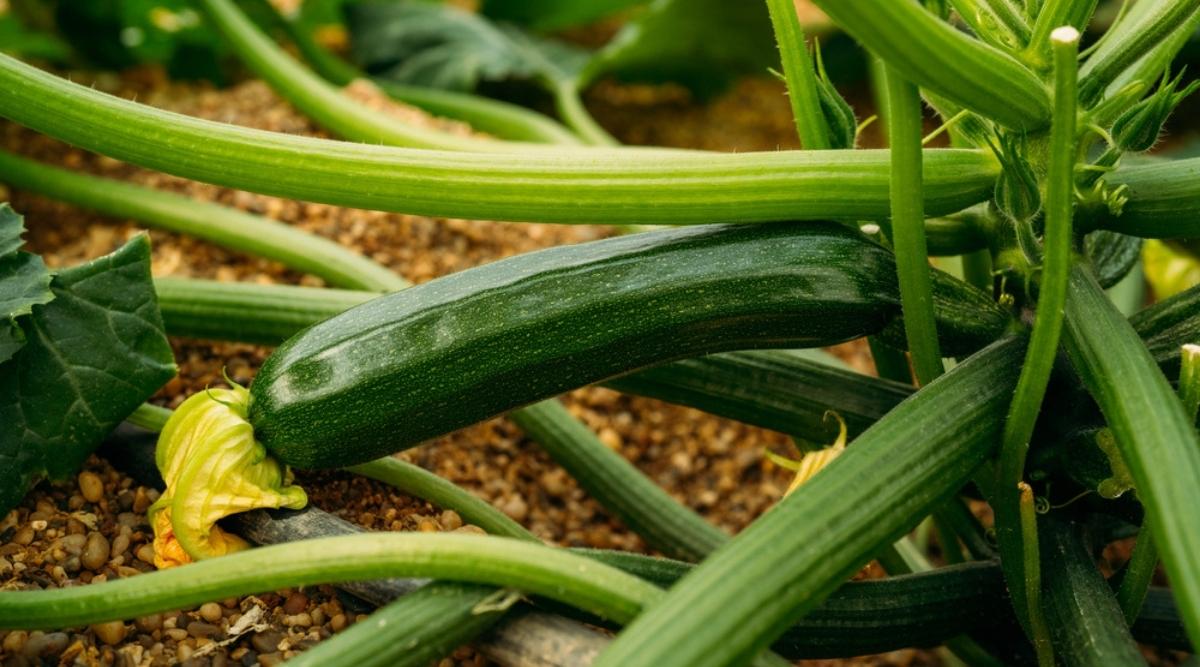Did you know that zucchini, that versatile and delicious summer squash, belongs to the Cucurbitaceae family? Yes, that’s right! Zucchini, scientifically known as Cucurbita pepo, is a member of the same plant family as cucumbers, pumpkins, and melons. This fascinating plant family, known for its edible fruits, has provided us with a wide variety of nutritious and tasty produce. So, the next time you enjoy a zucchini dish, remember to appreciate its family ties and the rich abundance of flavors it brings to our plates.
What Plant Family Does Zucchini Belong To?
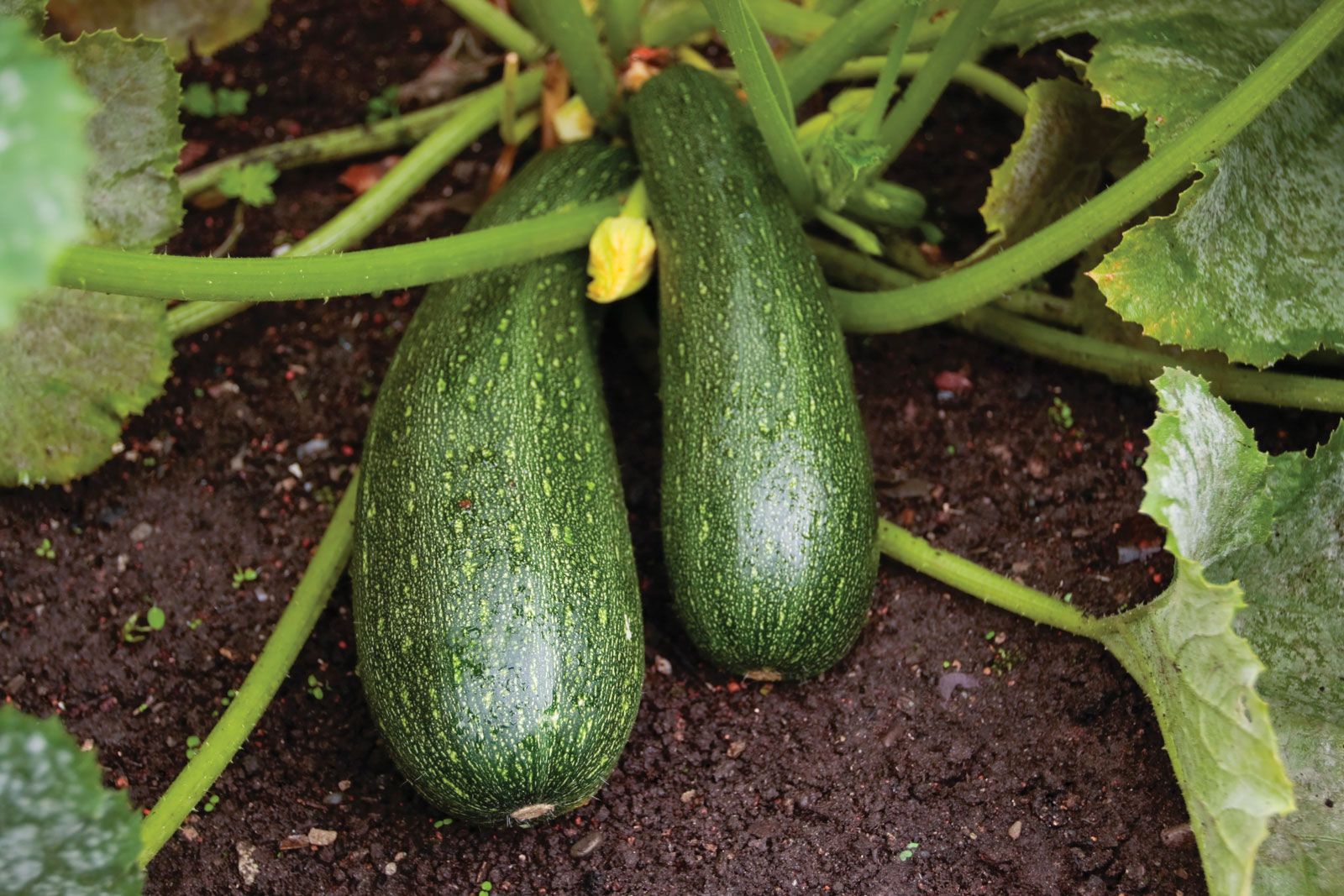
Introduction to Zucchini
Zucchini, also known as courgette, is a popular vegetable that is widely consumed and loved for its versatility in cooking. It is a summer squash, characterized by its vibrant green color, mild flavor, and tender texture. Zucchini is a staple ingredient in many cuisines around the world, and it is used in a variety of dishes such as soups, stews, stir-fries, salads, and even baked goods.
Classification of Zucchini
To better understand the botanical classification of zucchini, let’s delve into its taxonomy. As with any living organism, zucchini is classified based on various characteristics, including its family, genus, and species.
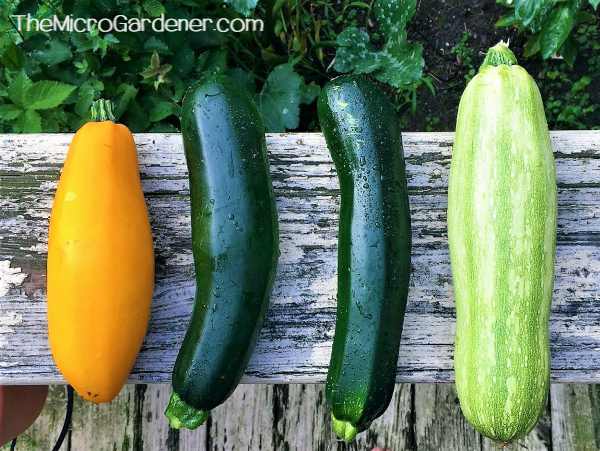
Taxonomy of Zucchini
The taxonomy of zucchini provides insights into its evolutionary relationships and helps us understand its place in the plant kingdom. Let’s explore the different taxonomic levels of zucchini.
Cucurbitaceae Family
Zucchini belongs to the Cucurbitaceae family, commonly referred to as the gourd family. This family comprises a diverse group of flowering plants that are known for their edible fruits and often vining or trailing growth habits. The Cucurbitaceae family includes several other well-known vegetables and fruits, such as cucumbers, watermelons, pumpkins, melons, squashes, and gourds.
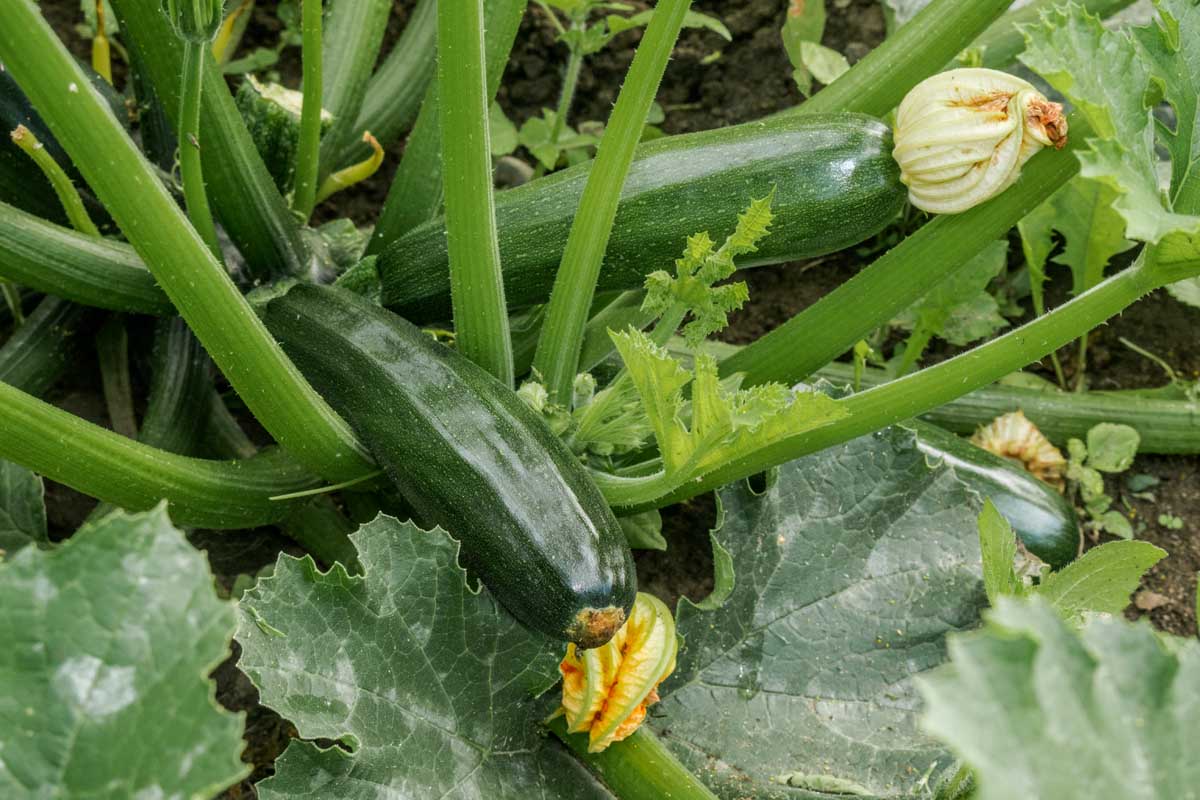
Characteristics of Cucurbitaceae Family
The plants in the Cucurbitaceae family share certain characteristics that distinguish them from other plant species. These include:
- Distribution: The Cucurbitaceae family is widespread and can be found in various regions across the globe, including tropical, subtropical, and temperate zones.
- Growth Habit: Most plants in this family have a vining or trailing growth habit, with long stems that allow them to climb or spread along the ground.
- Flower Structure: Cucurbitaceae flowers are typically unisexual, meaning they have separate male and female flowers on the same plant. In some species, the flowers may also be monoecious, having both male and female flowers on the same plant.
- Fruit Type: The fruits of the Cucurbitaceae family are categorized as pepos, which are fleshy fruits with a hard rind and numerous seeds.
- Vine Type: Cucurbitaceae plants are known for their long, sprawling vines that may require support or ample space to grow.
- Leaves: The leaves of Cucurbitaceae plants are typically large, palmate or lobed, with a rough texture.
Other Vegetables in the Cucurbitaceae Family
In addition to zucchini, there are several other well-known vegetables that belong to the Cucurbitaceae family. These include:
- Cucumber: Cucumbers are widely consumed around the world and are known for their crisp texture and refreshing taste.
- Watermelon: Watermelons are large, juicy fruits with a sweet and refreshing flavor, often enjoyed during hot summer months.
- Pumpkin: Pumpkins are iconic fall vegetables, often used for carving jack-o’-lanterns during Halloween and enjoyed in various culinary preparations.
- Melon: Melons, such as cantaloupes and honeydews, are prized for their sweet and fragrant flesh, making them a popular choice for salads and desserts.
- Squash: Squash varieties, including butternut squash and acorn squash, are known for their rich, nutty flavor and are a beloved ingredient in many dishes.
- Gourd: Gourds come in various shapes and sizes and are primarily grown for ornamental purposes, although some varieties are also edible.
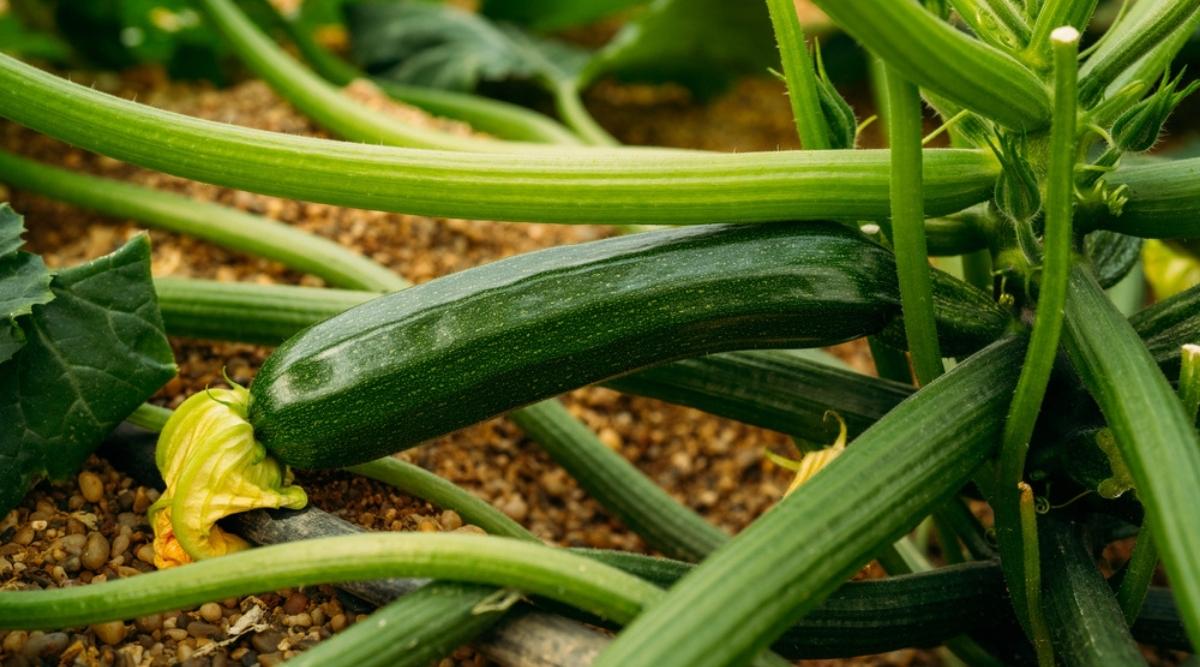
Genus and Species of Zucchini
The scientific name of zucchini is Cucurbita pepo. “Cucurbita” is the genus name, which encompasses various species of the Cucurbitaceae family. “Pepo” refers to the species of zucchini specifically.
Botanical Features of Zucchini
Understanding the botanical features of zucchini provides insights into its physical characteristics and growth patterns.
- Plant Morphology: Zucchini plants typically have a bushy growth habit, with large, lobed leaves that help in photosynthesis. They produce both male and female flowers on the same plant, requiring pollination for fruit production.
- Flower Structure: Zucchini flowers are typically bright yellow or orange, and they have separate male and female flowers. The male flowers have long, slender stalks, while the female flowers have a small fruit attached at the base.
- Fruit Characteristics: The fruit of zucchini is oblong or cylindrical in shape, with a smooth, dark green skin and a tender, pale flesh. It is harvested when it is still young and tender for optimal flavor and texture.
- Seed Characteristics: Zucchini seeds are flat, oval-shaped, and have a hard outer coat. These seeds have the potential to sprout and grow into new zucchini plants under favorable conditions.

Cultivation and Uses of Zucchini
Zucchini plants are relatively easy to grow and are often cultivated in home gardens and commercial farms. They thrive in warm climates and require well-drained soil, adequate sunlight, and regular watering. Once harvested, zucchini can be used in various culinary applications due to its mild flavor and versatile nature.
- Growing Conditions: Zucchini plants prefer warm temperatures, with an optimal range between 70°F and 90°F (21°C to 32°C). They require full sun exposure and well-drained soil rich in organic matter.
- Propagation Methods: Zucchini can be propagated from seeds, which can be directly sown into the soil or started indoors and transplanted later. The plants require proper spacing to accommodate their vine-like growth habit.
- Harvesting: Zucchini is typically harvested when the fruits are young and tender, usually measuring around 6 to 8 inches (15 to 20 centimeters) in length. Overripe zucchini may become tough and develop an undesirable texture.
- Culinary Uses: Zucchini is incredibly versatile in the kitchen and can be used in various dishes. It can be sliced and grilled, sautéed, used in stir-fries, added to soups and stews, grated for use in bread or muffins, or even spiralized into “zoodles” as a low-carb pasta alternative.
- Health Benefits: Zucchini is a nutrient-dense vegetable that provides essential vitamins, minerals, and dietary fiber. It is particularly low in calories and carbohydrates, making it an ideal choice for individuals following a weight-conscious or low-carb diet.
- Cultural Significance: Zucchini is widely celebrated in cuisines around the world and has become a staple ingredient in many Mediterranean and American dishes. Its mild flavor and versatility have made it a beloved vegetable among home cooks and professional chefs alike.
In conclusion, zucchini belongs to the Cucurbitaceae family, known for its diverse range of edible fruits and trailing vine-like growth habit. As a member of this family, zucchini shares several common characteristics with other popular vegetables like cucumbers, watermelons, pumpkins, and squash. Understanding the taxonomy, botanical features, and cultivation of zucchini allows us to appreciate its unique qualities and enjoy it in various culinary creations. So, the next time you savor a dish prepared with zucchini, you can appreciate its place in the rich tapestry of the Cucurbitaceae family.
